Historical overview
The 1950s are considered the golden years of Slovenian cultural institutions. 130 years after the founding of its predecessor, the National Museum, and more than fifty years after the founding of the first regional museums in Ptuj and Maribor, other Slovenian provinces also got their regional libraries and museums at the initiative of the Cultural Council of the People's Republic of Slovenia.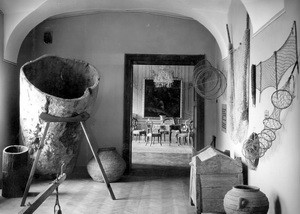 The Regional People's Committee in Murska Sobota founded the Regional Museum of Pomurje by decree on 21st January 1955 and determined that its foundation collection should be the material collected by the Prekmurje Museum Association, founded in 1935. The museum began operating in 1956, in several rooms in Murska Sobota Castle, the first three with the baroque salon, then other rooms were also added. As the collections expanded, so did the museum - the permanent exhibition, depots, workshops, and administrative spaces. The Renaissance castle in Murska Sobota was slowly becoming the centre of cultural and historical memory in the region, and the museum was its guardian and narrator.
The Regional People's Committee in Murska Sobota founded the Regional Museum of Pomurje by decree on 21st January 1955 and determined that its foundation collection should be the material collected by the Prekmurje Museum Association, founded in 1935. The museum began operating in 1956, in several rooms in Murska Sobota Castle, the first three with the baroque salon, then other rooms were also added. As the collections expanded, so did the museum - the permanent exhibition, depots, workshops, and administrative spaces. The Renaissance castle in Murska Sobota was slowly becoming the centre of cultural and historical memory in the region, and the museum was its guardian and narrator.
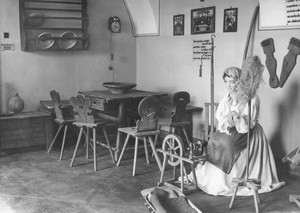 Since the early 1990s, new people, new spaces and new creative excitement have revived the museum, even though administrative and political interventions in the system of operation have often not benefited it. From the rebirth, many thematic exhibitions were born, telling stories differently than we were used to until then; the first social science, scientific and periodical publication in the region was born – Zbornik (The Proceedings) of the Murska Sobota Museum; there were new research methods, especially in the field of archaeology; increasingly interesting and well-attended pedagogical workshops; the largest special library in the province was formed; the number of registered items has multiplied several times. All this revival has its basis in the systematic protection and documentation of material and the systematic study and publication of research achievements of a handful of museum professionals. They have won several awards from their professional associations and local communities, either for their life's work or for individual projects that have surpassed the boundaries of their homeland.
Since the early 1990s, new people, new spaces and new creative excitement have revived the museum, even though administrative and political interventions in the system of operation have often not benefited it. From the rebirth, many thematic exhibitions were born, telling stories differently than we were used to until then; the first social science, scientific and periodical publication in the region was born – Zbornik (The Proceedings) of the Murska Sobota Museum; there were new research methods, especially in the field of archaeology; increasingly interesting and well-attended pedagogical workshops; the largest special library in the province was formed; the number of registered items has multiplied several times. All this revival has its basis in the systematic protection and documentation of material and the systematic study and publication of research achievements of a handful of museum professionals. They have won several awards from their professional associations and local communities, either for their life's work or for individual projects that have surpassed the boundaries of their homeland.
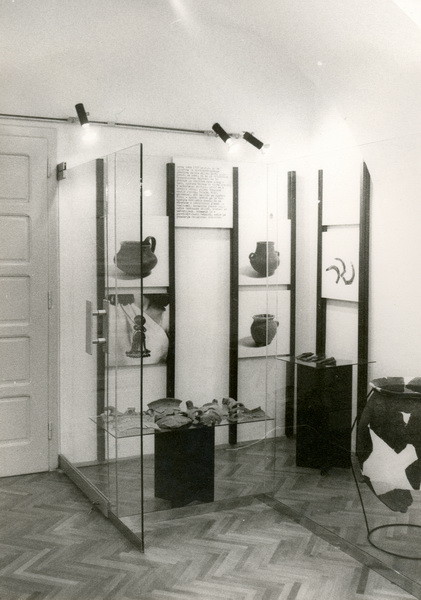 |
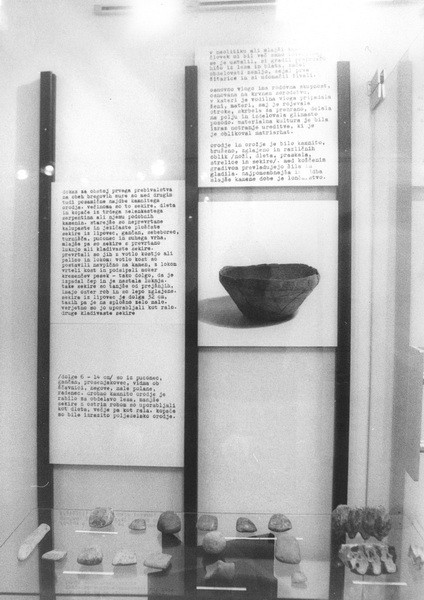 |
As the ways and standards of museum work change, so must the environment in which the museum operates. A national concept has been developed for the protection of cultural heritage throughout the country, a region that is formed based on its cultural identity and development vision, and a local community that builds its future on the potentials of heritage, creativity, and knowledge.
The future of the museum lies in the holistic protection of cultural heritage, which operates in a lively interaction of all stakeholders of cultural goods: creators, performers, users, financiers, founders, whose common goal is the competition of knowledge and skills.
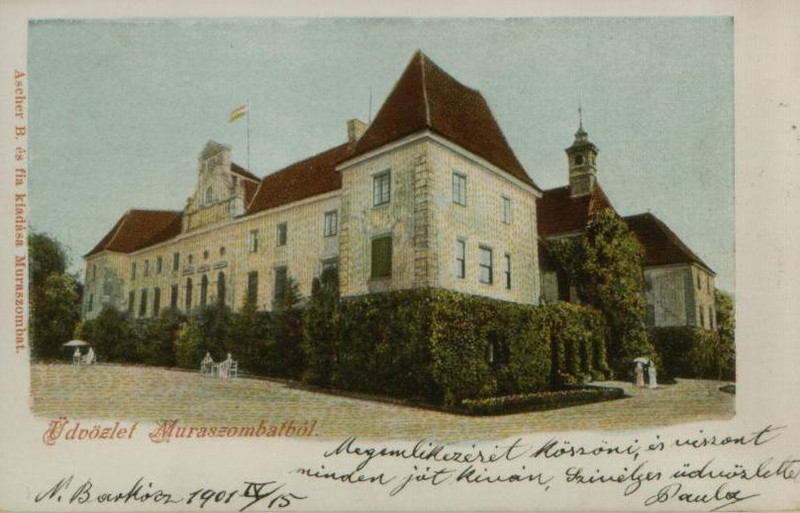 |
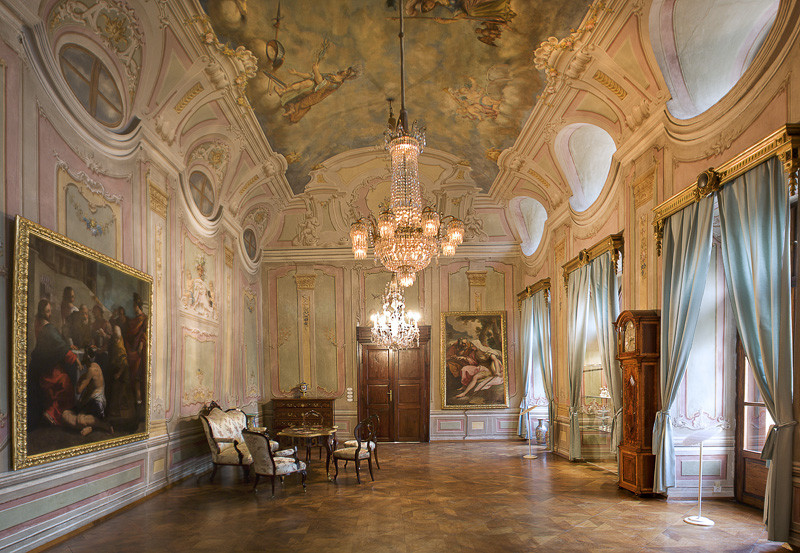 |
Metka Fujs, Museum advisor


